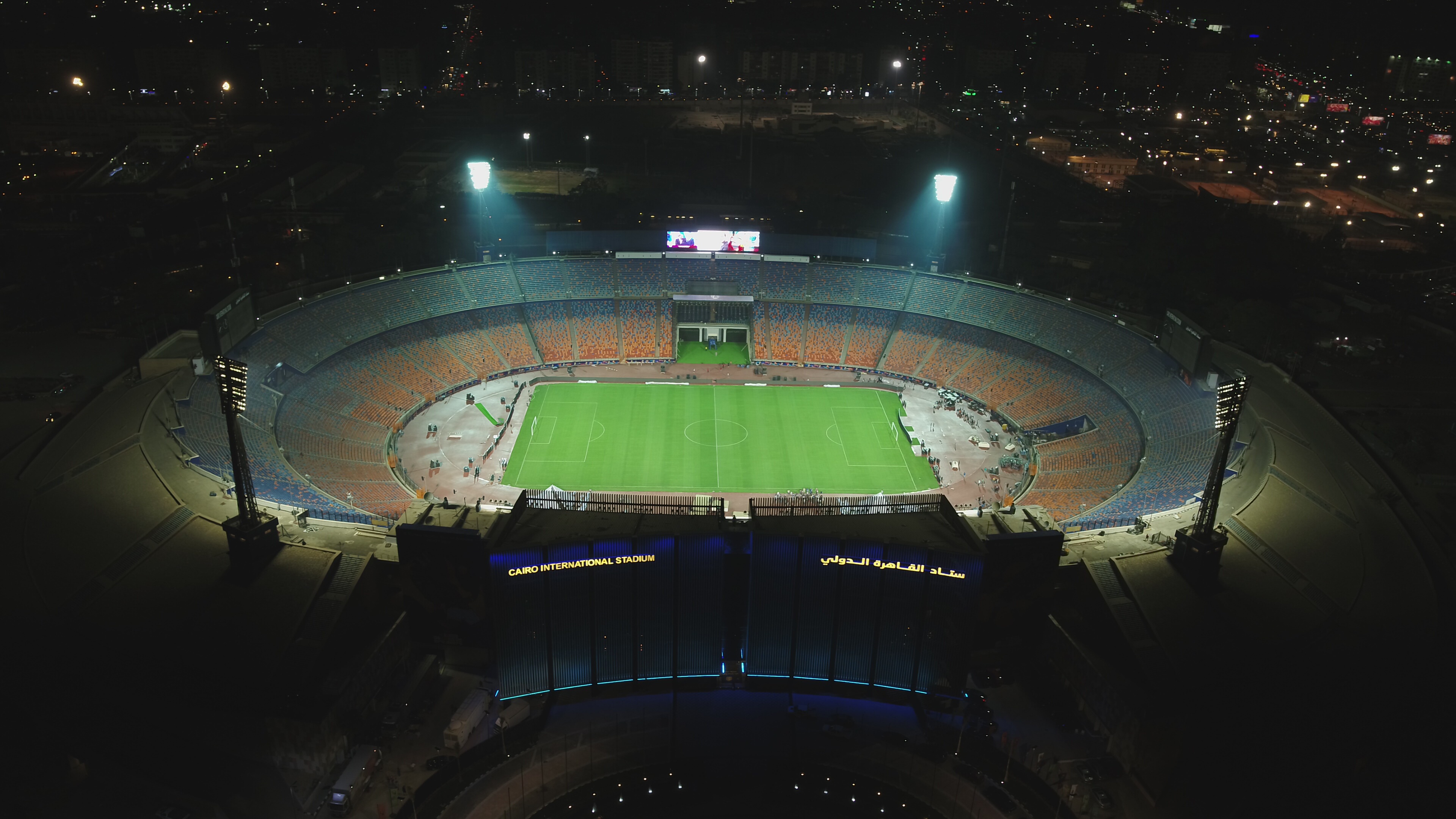The Africa Cup of Nations 2019 kicked off on June 21 with the opening match at Cairo International stadium. Signify is providing the lighting to the stadium and four other stadiums that welcome the biennial international men's football championship of Africa. The tournament is hosted by Egypt and is held from June 21 to July 19, 2019.
Signify announced that it was selected as partner to replace the old, conventional luminaires in the stadiums with new luminaires due to its unmatched experience in stadium lighting. Also, Signify’s lighting meets the stringent broadcast standards for flicker-free Ultra-HD 4K television.

(Image: Signify)
“We have more than 80 years of experience in lighting sports events and are recognized as the world leader in sports illumination,” said Kees Klein Hesselink, International Key Account Manager Arena Solutions at Signify. “Through these installations, fans and television viewers around Africa and the whole world will enjoy their favorite game while soccer players on the field will get optimal visibility.”
In total 960 Philips ArenaVision luminaires were installed, ranging from 1,200 to 2,500 lux meeting the standards of the Confédération Africaine de Football (CAF). The main challenge was the timing as the project had to be completed in less than three months. Signify, market leader in Egypt, worked on the five stadiums from March till June together with one of its Egyptian partners and the governmental contractor under the supervision and cooperation of the Ministry of Youth and Sports.
Today, Signify continues to build on its long legacy in the Egyptian market by providing its advanced lighting solutions to reduce energy consumption and light up beautiful iconic landmarks and renowned buildings across Egypt. In recent years, Signify gave the Cairo Opera House a stunning lighting makeover, preceded by a similar lighting initiative with Egypt’s renowned Baron Palace in Heliopolis, The Egyptian Museum and also the Manial palace this year. Thanks to these projects, both the Cairo Opera House and historic palaces have been able to reduce electricity consumption by 80%.












